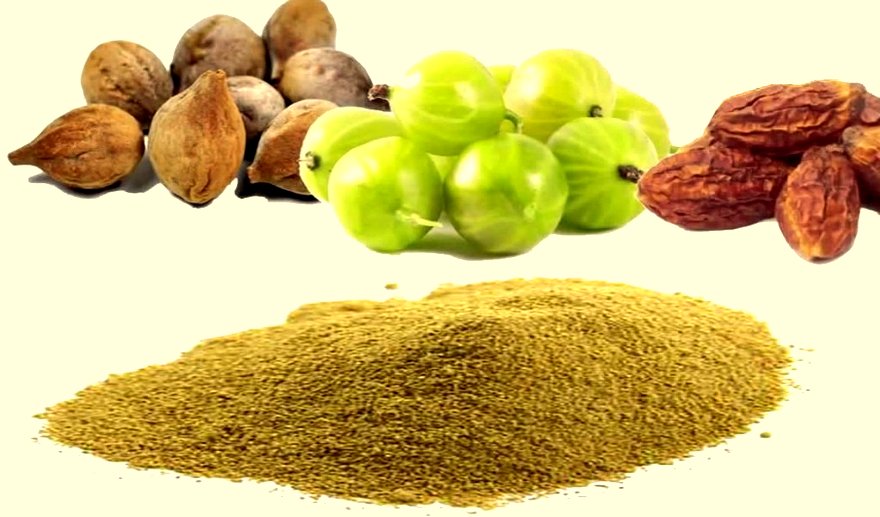Behaviors such as drinking alcohol, indulging in bad dietary choices, imbibing illegal substances or smoking can, according to ayurvedic practice, be a sign that our minds are far too busy and need to be calmed. Therefore when we do something ‘pleasurable’ such as the aforementioned activities they give a temporary sense of calm and relief from the problems that may haunt us on a daily basis, whether it’s work stress, relationship problems or just all round feelings of anxiety and depression.
Sometimes it becomes clear that what we’re doing to relieve stress can actually end up creating more problems than it solves, particularly in the case of smoking. You can quit using ayurvedic techniques – here’s how.
[wp_ad_camp_1]
Using Ayurvedic Medicine and Techniques to Stop Smoking
What happens when you smoke? You have a craving, your brain tells you that you need the nicotine and so you light a cigarette. When you smoke and inhale, the nicotine and other chemicals stimulate the brain to release two substances, dopamine and noradrenaline. As a smoker becomes more dependent on nicotine the need to replicate the release of these two chemicals becomes more and more intense. When you decide to quit smoking by the use of Ayurveda the levels of dopamine and noradrenaline will slowly return to a normal state and cravings will be reduced and it’s all done by diet, exercise and herbal remedies.
How to Approach Quitting Smoking
If you want to quit nicotine for good and classify yourself as a non-smoker, it really can be done. It’s pertinent to point out at this stage that whether you’re approaching this from an Ayurvedic or conventional standpoint, it isn’t easy and requires emotional investment, hard work and dedication. Keeping a positive mental attitude and believing and willing yourself on really is half the battle won. Ayurvedic medicine doesn’t rely solely on one single technique or one single remedy or medicine to relieve a patient of what ails them. Here, we’re looking at a highly individual and holistic approach that looks at the body, mind and spirit of a person and taking the point that was made earlier, of addiction being a problem relating to too much stimulating mental activity. Once this is under control, the symptoms of addiction can be tackled more fully. Practically, there are many things you can do to help yourself too.
Dietary Approach
It makes sense to try and avoid the things that may give way to nicotine cravings – for instance, many people associate having a cup of tea or coffee with the need to light up. The same goes for opening a beer or pouring a glass of wine. The thought enters the brain that along with the drink, you need a fix of nicotine. For the first seven days after you’ve had your last cigarette, try to drink only pure water, herbal tea or juices. This will not only have a cleansing effect on the body, but also the mind too. From your diet, avoid anything very fatty or sugary. When you stop smoking it may be that your body requires satiating with food and in particular foods which might not be the best for our waistlines.
Some people swear by taking a Sattvic approach to diet, that is to say, eating good wholegrains, fresh vegetables and nuts, seeds and legumes which have had as little as possible done to them in the way of cooking so that they are taken on board and used by the body as they were intended. Fresh vegetable juices in particular are rich in prana and are easily assimilated by a body that is trying to detox from substances. Having good, nutritious snacks on hand when a craving hits is also a good idea. Consider raw fresh fruit, vegetable sticks, handfuls of nuts. If you have a naturally ‘sweet tooth’ choosing to suck on a cinnamon stick or dried licorice disk can satiate that craving and help to stop blood sugars from crashing.
Exercise
One of the best physical approaches to quitting smoking is by incorporating Yoga – alongside other physical exercise into your cessation plan. Yoga encourages the mind and body to deal with stress in a positive way, learning new positions is a wonderful way to not only enhance your core strength and your physical capabilities, but also to release the full potential of your mind once it is free from nicotine. One of the most beneficial poses to try is Savasana, otherwise known as the corpse pose. This provides the ultimate in relaxation of mind and focusing of the self.
Herbs to Help
Alongside the diet and exercise, herbal toning agents may be taken as well to promote relaxation and/or stimulation too. Consider tablets or tinctures of the following alongside your other methods:
Ginseng:

A stimulant which is used to enhance concentration and reduce brain fog and tiredness.
Triphala:

Three sour fruits that contain the most Vitamin C, being a smoker your body is filled with chemical substances which you have trained your body to crave. As part of the detox process, vitamin C will help to extract these toxic substances remove the nicotine cravings.
Ashwagandha:

An adaptogenic anxiety tonic which can help to relieve stress.
Bala:

“This can be used in cases of smoking cessation where someone has gained weight alongside an increase in their stress levels. It can be used to boost physical strength and stimulate the nervous system. It has a slight diuretic action, which is why it aids weight loss.
Shatavari:

This is perhaps more helpful for women who are giving up smoking as it can be used to treat conditions like PMT and the irritability and anger that it can cause. It is a nourishing herb that provides comfort and sustenance and can reassure anyone who is suffering mental rigors. (Note* Shatavari should always be taken with ginger if you tend to gain weight or have a disposition to cysts.)
Source: ayurvediclifewithoutpain.com
















Quitting is difficult.
I been trying for quite some time.
Have not been successful.
Tried almost everything.
Open to suggestions…
Help me if you think something can work.
A very useful tip for greater cause.
I liked the tip for quitting smoking. If it helps it would serve a great benefit to health.
Just say one day no ..”….. No I am not smoking
Stand tall and straight. Live by your words
Amazing enough if your will power is strong you will get through this hump very quickly
very useful tips for quitting smoking. If we practise meditation for one hour a day , then there is no craving for anything.
I fully agree with Aswani Khanna, Quiting Smoking is very difficult. I smoked for 28 yrs.(almost). I could quit only when I fell ill for about a month and could not smoke.